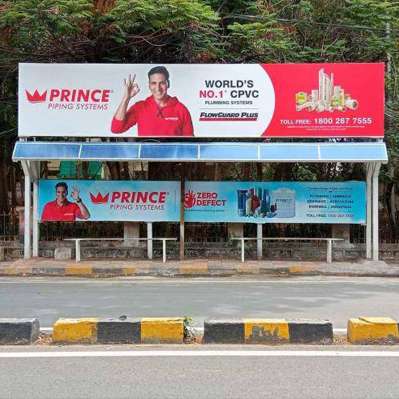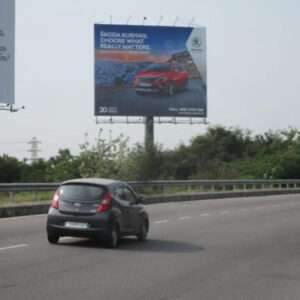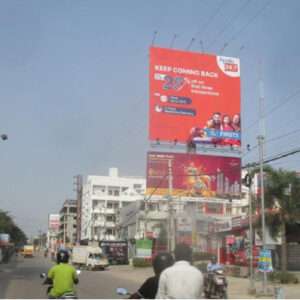Advertising in Bus Shelters
Bus shelters are a prominent and highly visible form of outdoor advertising that provides numerous opportunities for businesses to reach a diverse audience. These structures are strategically placed at bus stops and transit hubs, offering a captive audience of commuters and pedestrians waiting for public transportation.
Description
- Prime Location: Bus shelters are strategically located at high-traffic areas, such as busy streets, major intersections, and transportation hubs. They offer advertisers access to a constant stream of commuters, pedestrians, and motorists, making them a prime location for advertising.
- Sheltered from the Elements: Bus shelters serve a dual purpose: providing shelter to waiting passengers and displaying advertisements. This means that your message is not only highly visible but also protected from the weather, ensuring its longevity and visibility even during adverse conditions.
- Large Display Space: Bus shelters typically feature large advertising panels that allow for impactful graphics, text, and imagery. The size of these panels provides ample space for creative and attention-grabbing advertisements.
- Localized Targeting: Advertisers can choose specific bus shelter locations to target local or regional audiences. This level of localization is particularly useful for businesses looking to connect with their immediate community or specific demographic groups.
- Round-the-Clock Visibility: Bus shelter advertisements are visible 24 hours a day, seven days a week, catering to a diverse audience that includes both daytime and nighttime commuters. This constant exposure helps reinforce brand recognition and message recall.
- Dynamic Advertising: Some bus shelters incorporate digital screens or illuminated displays, allowing for dynamic and interactive advertising content. This can include videos, animations, and real-time updates, which can engage viewers on a deeper level.
- Cost-Effective: Compared to other forms of outdoor advertising, such as billboards or TV commercials, bus shelter advertisements are often more cost-effective. They provide a strong return on investment due to their continuous exposure and affordability.
- High Frequency: Commuters and pedestrians using public transportation often pass by the same bus shelter daily. This high frequency of exposure increases the chances of message retention and engagement.
- Community Engagement: Bus shelters are integral parts of urban and suburban landscapes, making them a part of the community. Advertisers can use this to their advantage by connecting with local residents and contributing to a sense of place.
- Environmental Considerations: Many modern bus shelters incorporate eco-friendly features, such as solar-powered lighting or sustainable materials, aligning with environmental and corporate social responsibility goals.






Reviews
There are no reviews yet.